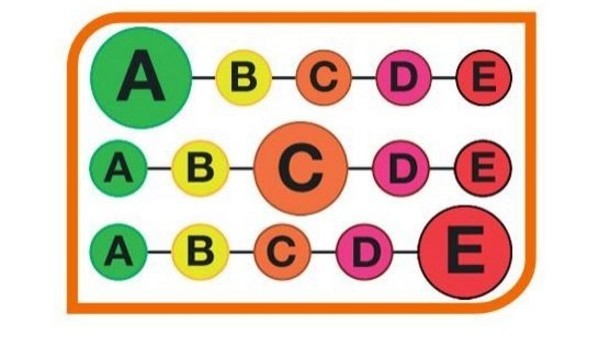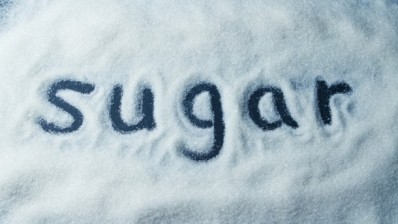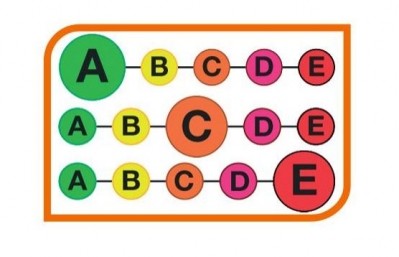Five colours are best for nutrition labels: French advisory body

The report by the HCSP (Haut conseil de la santé publique) said a five-coloured system had the three most important factors for any nutrition label – it was eye-catching, simple to understand and effectively translated numerical nutritional values into meaningful information.
“After reviewing the feasibility of different scores and proposed systems at national and international level and after testing the database on the nutritional composition of foods on the French market, the HCSP considers that only the five-colour system meets the criteria of relevance and feasibility for a synthetic nutritional information system.”
It also said scientific studies had shown the five-colour system to have high ‘consumer acceptability’, although a key drawback was that it had not been tested in real-life conditions.
While the HCSP recommended using the nutritional threshold score developed by the UK’s Food Standard’s Agency, it "optimised" the calculation method in order to allow certain foods – such as cheese which has a high-fat content – to escape being branded red. It suggested that, because of its high protein and calcium content, cheese could be classed as pink.
The report recommended that the nutrition label be accompanied by a public information campaign, and called for more research into public perception of the median orange colour as well as an evaluation of the label's impact on businesses and consumers.
Simplistic and stigmatising?
But French food industry association ANIA called the nutrition label simplistic saying it applied a "medicalised and theoretical" approach to diet.
“A balanced diet of an individual cannot be reduced to a coloured sticker on a product. These nutritional scoring systems unfairly stigmatise foods as they are based on theoretical calculations taking into account 100 g product without distinguishing actual consumption by consumers.”
It said industry had been working to improve the nutritional content of food in private-public partnerships, saying over thirty such collective and individual charters had been signed recently.
ANIA president Jean-Philippe Girard said: “The current debate on nutritional information is very important. We must avoid the pitfall of reducing it to five colours. Adding: "Real condition experiments are needed to build a suitable and efficient device.”
Meanwhile for industry watchdog FoodWatch, a five-colour system was inefficient because it was not simple enough. “A code that has five colours and five letters is not easy to interpret at a glance,” it said.
Instead, FoodWatch called for a three-colour traffic light code such as the one used in the UK. “It draws on the universally understood traffic lights: green for a healthy product, orange when it is necessary to consume in moderation, and red for the products to avoid.”
Drawn up in June but made public this week, the HCSP report was commissioned by France’s Directorate general for health. A health bill is currently being examined by the French Parliament and includes an article calling for symbolic or graphic information to represent nutritional values.
The full PDF report can be downloaded here.









